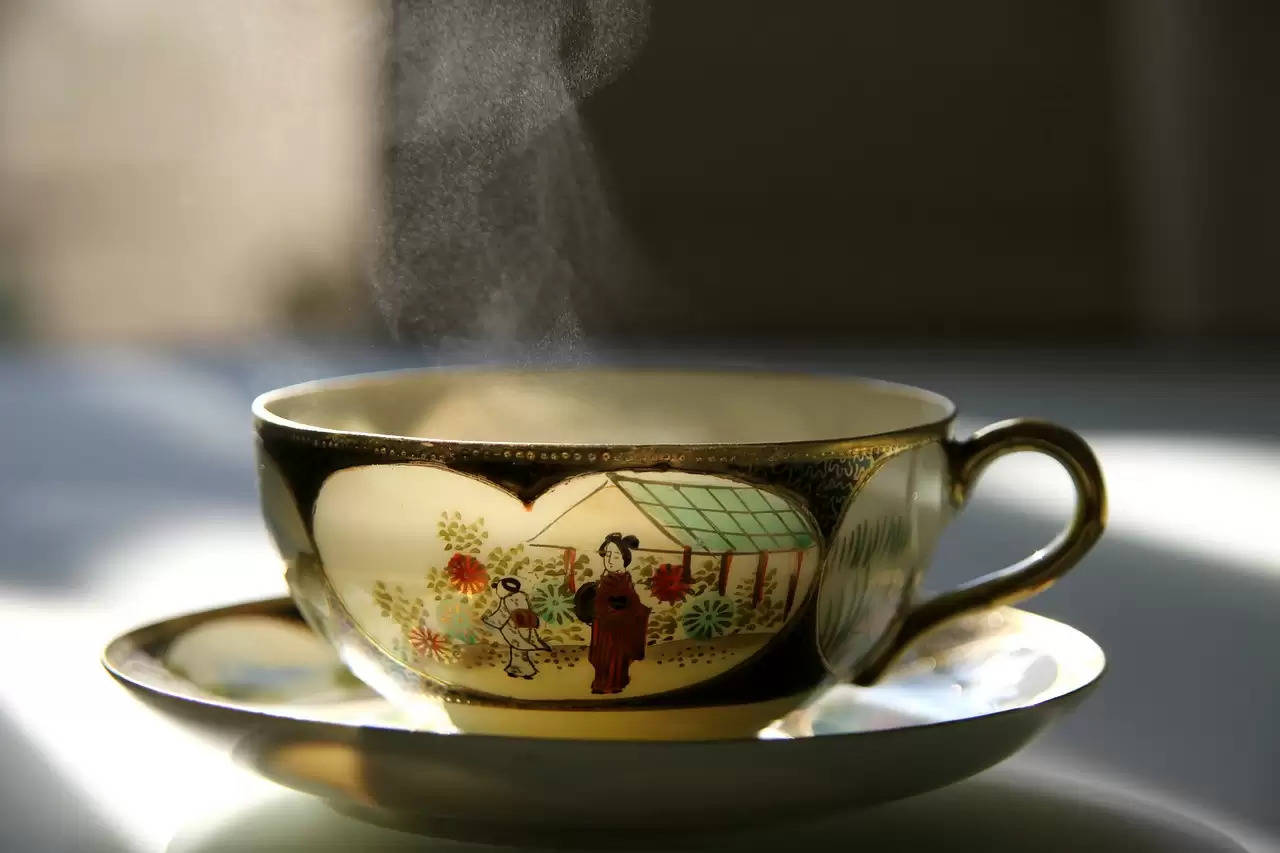6 Of The World’s Most Expensive Teas

Tea was actually discovered quite by accident as long ago as 2737 BC. Legend has it that Chinese emperor Shen Nung stirred a few Camellia Sinensis leaves into boiling water and the first cup of tea in history was drank.
From then on, tea became a popular beverage in China and eventually spread to other countries. Today, it is the most widely consumed beverage in the world. The rare blend, the distinct flavor of regions and the processing is what makes for an expensive tea.
If you too are looking to enhance your experience with luxury tea then here are 6 of the world’s most expensive teas to begin with.
Da Hong Pao – $600,000 / pound
- Its roots go back to the ancient Chinese Ming Dynasty making it one of the priciest black tea across the globe.
- The leaves come from the plants that grow on Wuji Mountains and have been there since 300 years. The last time tea leaves were harvested was in the year 2005.
- One-gram costs $1,400, making it 30 times over price of gold.
- Currently there are six mother trees on the planet that provide the Da Hong Pao tea leaves.
- The multi-layered flavoring comprises of mineral earthy flavors, deep red hued tea that is often translated to Big Red Robe.
- For those who would like to enjoy similar taste without paying extensively can go for cost effective brand from Wuyi region.
Panda Dung Tea – $35,000 / pound
- Similar to the processing of Kopi Luwak is this tea that goes through the intestines of Panda and the excrement is the result of this tea. Fertilized by panda dung this tea is unique and exclusive.
- 70% nutrients from the tea are available for humans while only 30% are absorbed by the panda.
- A wildlife expert belonging to Sichuan Province of China is responsible for its production that too in small amounts making it highly prized possession.
- The aroma is unique blend of malt and nutty flavor.
PG Tips Diamond Tea Bag – $15,000 / bag
- A British tea company owns the tea.
- To commemorate their 75th anniversary in the year 2005 the company sold diamond encrusted tea bag for its Darjeeling tea release.
- It is the packaging of the tea leaves in the tea bag that makes it one of the most expensive and unique tea in the world.
- Cultivated in the Makaibari Tea Estate (India) the Silver Tips Imperial tea leaves the brewing process involves 280 2.56 carat diamonds and fragile white gold chain attached to the bag created by Boodles jewelers, it is the bag that makes it highly priced tea in the world.
- It is for the charitable pursuit that the money is made using the bags as a means to donate the proceedings to the Royal Manchester Children’s hospital.
Pu’erh Tea – $4,545 / pound
- Highly refined and oldest ever tea discovered in the 18th century, cultivated in Southwest province of Yunnan, China.
- The fact that few of its trees are thousands of years old makes it an expensive, refined rarity.
- The tea leaves are fermented using microbial fermentation process and sold as tea cakes rather than lose leaf form to retain its health benefits.
- Improves gut health and helps in lowering the level of cholesterol. Additionally, known to help with weight management.
- As per a tea legend the tea is so rare that many wars were fought, blood of many were shed to claim its ownership.
Yellow Gold Tea Buds – $3,545 / pound
- Only available in Singapore, it is rare and one of the luxurious tea in the world.
- What makes it rare is that it is harvested once a year only.
- Golden shears are used to cut the bud; the leaves are sun-dried and sprayed with 24-karat gold flakes. For this reason it is known as Chinese Emperor’s tea.
- The taste is a layered flavor of floral and metallic tones.
- The high-class prefer it for its anti-ageing benefits.
Vintage Narcissus Oolong Tea – $3,250 / pound
- Produced: Wuyishan Shanmai Mountains, northern Fujian province of China.
- It is highly oxidized with 60% oxidants that give it the woodsy, nutty and chocolaty flavor with floral undertones.
- It is the unique layered flavors that make it impossible to replicate, the color is that of yellow gold buds.
- Equally unique was the packing it was sold in 50-year-old boxes that were a collectable for the connoisseurs of tea.
.jpg)
